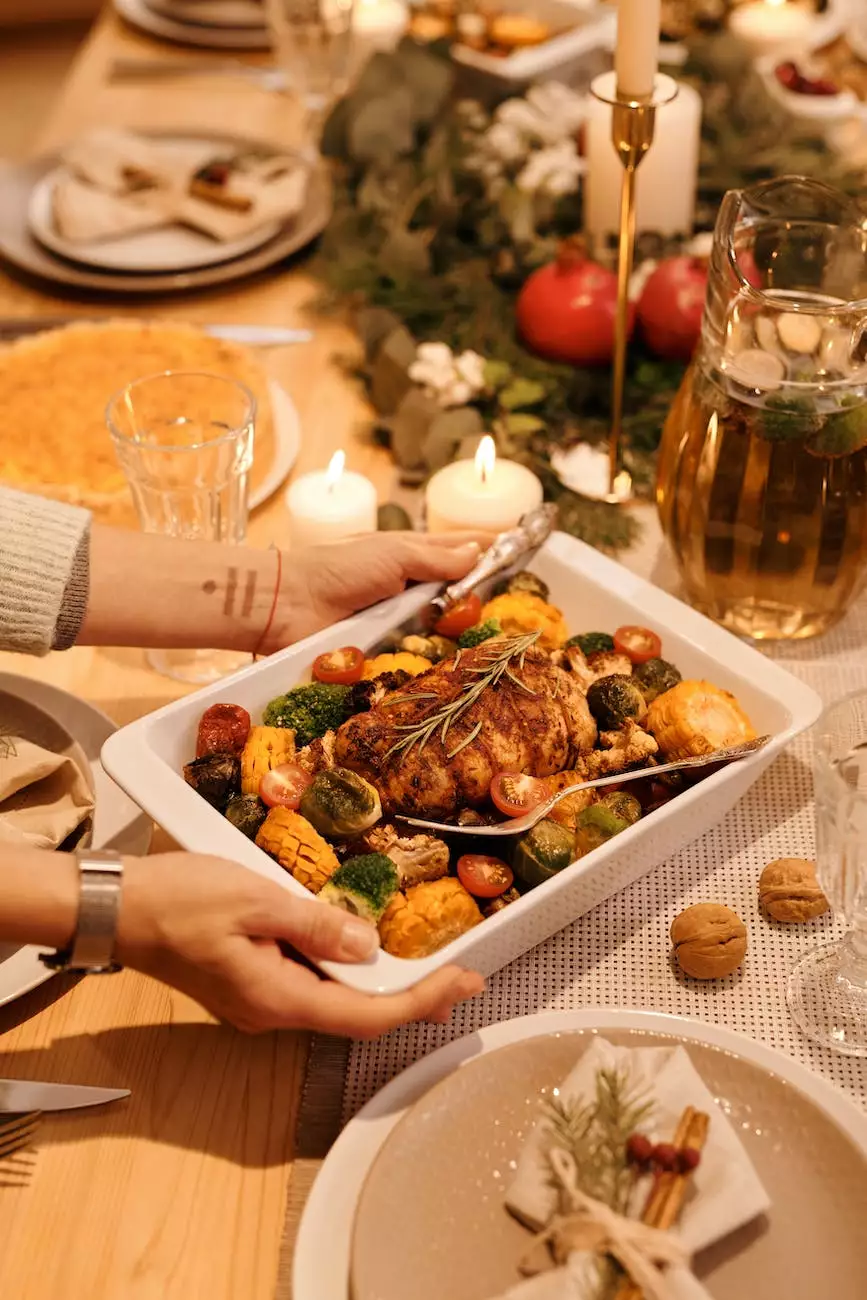Chuppah History
About
Introduction
Welcome to the fascinating world of Chuppahs! In this article, we will explore the rich history of the Chuppah, a ceremonial structure with deep cultural roots in Jewish weddings. Discover the origins, symbolism, and significance associated with this magnificent tradition.
The Origins of Chuppah
The Chuppah, also known as a wedding canopy, holds its roots in ancient Jewish traditions. It has been an integral part of Jewish weddings for centuries, symbolizing the new home being built by the bride and groom. The concept of the Chuppah can be traced back to biblical times, where it was mentioned in the Old Testament.
Ancient Symbolism
In historical Jewish weddings, the Chuppah represented a private and sacred sanctuary, denoting the couple's commitment to one another and their desire to create a harmonious and loving home together. The four open sides of the Chuppah symbolize hospitality, welcoming guests to witness and participate in the couple's union.
Construction and Design
The Chuppah is traditionally made of a cloth or a tallit, a prayer shawl, which holds immense religious value. The tallit canopy connects to four poles or stands, representing the structural framework of the couple's future home. The fabric used often carries sentimental significance, passed down through generations, adding an extra layer of emotional weight to the ceremony.
Symbolic Meaning
The Chuppah reflects various symbolic meanings, each contributing to the overall significance of the wedding ceremony. The open sides of the Chuppah represent the open hospitality of Abraham and Sarah's tent, emphasizing the importance of inclusiveness and welcoming others into the couple's life. It also symbolizes the new home being created by the union, where the couple will build a future filled with love, compassion, and togetherness.
Chuppah in Modern Weddings
The beauty of the Chuppah has transcended time and cultural boundaries, making its way into modern Jewish weddings worldwide. While the traditional elements of the Chuppah remain intact, contemporary couples often incorporate their personal touches to make the ceremony uniquely their own. They experiment with designs, colors, and fabrics, blending tradition with modern aesthetics.
Unifying Families
Today, the Chuppah continues to be an emotional centerpiece, representing love, commitment, and the joining of two families. It serves as a physical and symbolic space where the couple and their loved ones come together, strengthening the bond between families and creating lasting memories. It symbolizes the support and blessings bestowed upon the couple as they embark on their journey of married life.
Conclusion
The Chuppah holds a deep historical and cultural significance in Jewish weddings. It is a timeless symbol of love, unity, and the commitment between two individuals embarking on their lifelong journey together. Understanding the origins, symbolism, and significance of the Chuppah enriches the wedding experience, fostering a deeper appreciation for this cherished tradition.









